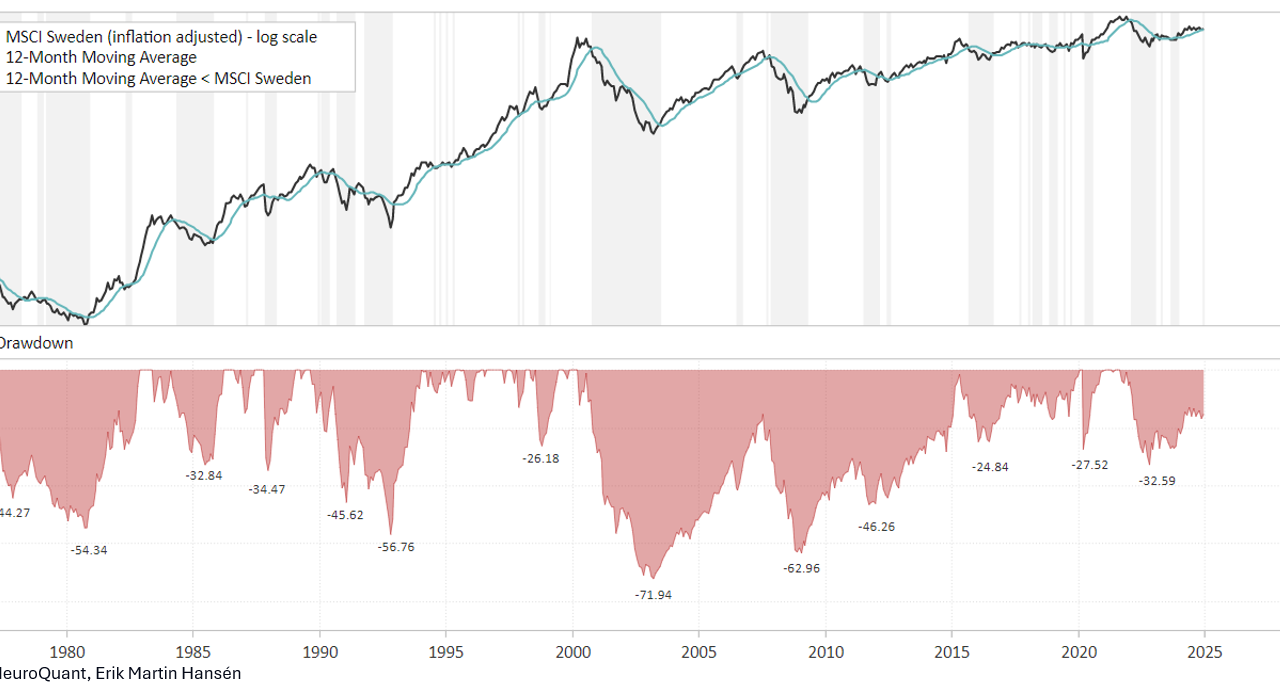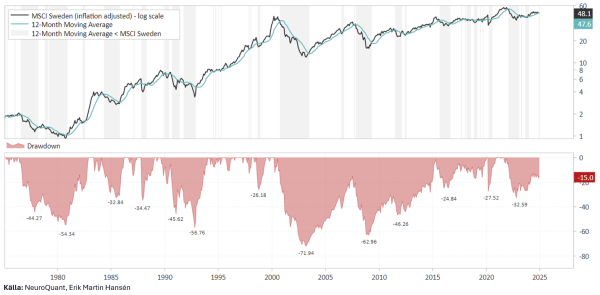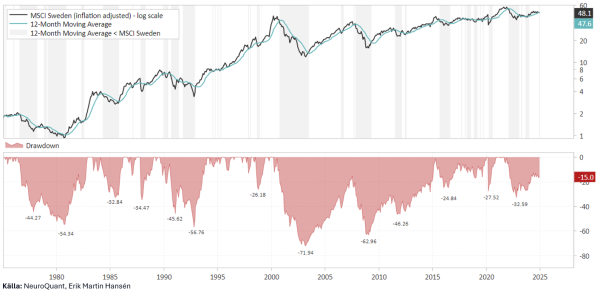3 types of bear markets

Bear markets, where the stock market falls by more than 20%, are an inevitable part of the investment cycle. They will always happen, making them predictable in the long run. However, timing them is notoriously difficult. Attempts at timing are often futile because no one can predict extreme events or their effect on financial markets.
In this post, we explain what a bear market is, what different types there are, and what factors could potentially cause the next bear market.
What causes a bear market?
Many investors assume that a bear market is created by a slowdown in growth and corporate profits, but that is usually not the case. Instead, it is extreme events that trigger bear markets, as they create panic and uncertainty in the market. Examples of such events include:
- Record-breaking interest rate hikes after an inflation shock (for example, 2022)
- A pandemic that paralyzes economic activity (for example, 2020)
- Financial and real estate crises
- Technology crashes similar to the IT bubble at the turn of the millennium
- Geopolitical shocks, which could lead to serious disruptions in supply chains and commodity markets
These events create uncertainty that causes some investors to panic sell and extrapolate the decline into the future. However, others see bear markets as an opportunity and take the opportunity to buy if they have “dry powder” left.
Three types of bear markets
Bear markets can be divided into three main categories, depending on what drives the decline and how long it lasts:
Event-driven bear markets
- Caused by sudden, unforeseen events.
- Examples: COVID-19 crash 2020, Black Monday 1987.
- The recovery can be relatively quick if the underlying economy is stable.
Cyclical bear markets
- Driven by business cycles, where growth slows and central banks tighten.
- Example: The bear market in connection with the IT crash of 2000-2002.
- The recovery is taking place in line with the economy's natural cycles and central bank policy.
Structural bear markets
- Due to deeper, long-term problems in the economy, such as debt crises or systemic failures in the financial sector.
- Examples: The 2008 financial crisis, Japan's long bear market from the 1990s onwards.
- Recovery is often slow and requires structural reforms.
Historical Bear Markets S&P 500
Developments and declines of the S&P 500 (1901-2025)
Development and declines for the Stockholm Stock Exchange (1974-2025)
 The difficulty of timing bear markets
The difficulty of timing bear markets
All bear markets have one thing in common – they are difficult to time, whether using macro or technical analysis. Historically, simple trend-following methods have worked better than economists’ forecasts. The media often highlights those who “accurately” warned of previous crises, but it is rarely clear how many times these actors warned unnecessarily or how much they were wrong afterwards.
Every day we see charts and analyses that try to predict the next bear market. These engage investors and generate clicks and advertising revenue. The problem is that these predictions are often wrong, and even if they do occur, the timing is uncertain. The next bottom after a decline may even be higher than the current level. A common claim is that “the market will top in 12 months,” but without knowing whether the next bottom is higher or lower than today’s level, this information is hardly valuable.
What could trigger a future bear market?
Instead of trying to predict exactly when a bear market will occur, we can identify potential triggers. Some scenarios that could create a new bear market include:
- A collapse of AI startups, similar to the dot-com crash of 2000.
- A new banking crisis, similar to the 2008 financial crisis.
- A new pandemic affecting the global economy.
- A new inflation shock, similar to the one in 2022.
- Geopolitical escalation disrupting global supply chains.
All of these scenarios have a low probability in the near term, and it could be many years before an extreme event causes another bear market. In fact, the bottom of the next bear market could even form at price levels higher than today's.
Conclusion
Trying to predict the next bear market is a poor investment strategy. Stocks can continue to rise for years before an extreme event creates a bear market. When these events occur, risk management becomes crucial – and a few simple trend-following indicators can prove to be more valuable than most people realize.

